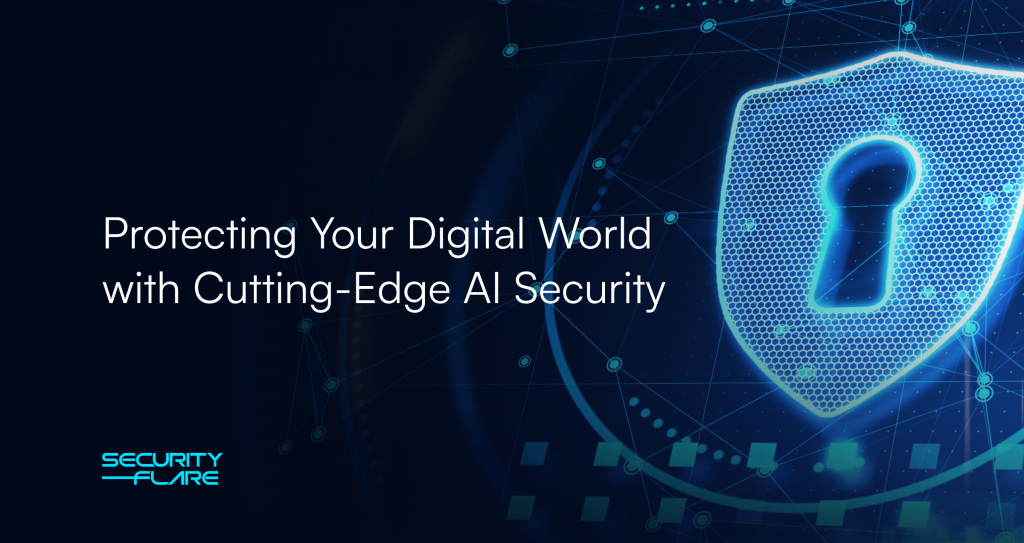Cutting-Edge Security Technologies Safeguarding the Digital World
- By -Mash
- Posted on
- Posted in Security Technology
In an era where digital threats are evolving rapidly, cutting-edge security technologies play a critical role in protecting sensitive data and ensuring the integrity of digital infrastructures. As cyber threats become increasingly sophisticated, leveraging advanced technologies is essential for maintaining robust security. This article explores some of the most innovative security technologies currently safeguarding the digital world.

Artificial Intelligence and Machine Learning
1. AI-Driven Threat Detection
Artificial Intelligence (AI) and Machine Learning (ML) are transforming cybersecurity by enhancing threat detection capabilities. AI systems analyze vast amounts of data to identify patterns and anomalies that may indicate potential threats. These technologies enable real-time detection and response to emerging threats, significantly reducing the time required to identify and mitigate attacks.
2. Automated Incident Response
AI-driven tools can automate incident response processes, allowing for quicker reaction to security incidents. For example, AI systems can automatically isolate compromised systems, block malicious traffic, and apply security patches. This automation helps minimize the impact of attacks and reduces the workload on IT security teams.
Zero Trust Architecture
1. Continuous Verification
Zero Trust Architecture (ZTA) is a security model based on the principle of “never trust, always verify.” ZTA assumes that threats can be both external and internal, requiring continuous verification of users and devices before granting access. This model enhances security by enforcing strict access controls and minimizing potential attack surfaces.
2. Micro-Segmentation
Micro-segmentation involves dividing the network into smaller, isolated segments to improve security. In a Zero Trust model, each segment is treated as its own security zone, with strict access controls and monitoring. This segmentation limits the spread of potential breaches and prevents unauthorized access to sensitive areas of the network.
Advanced Encryption Techniques
1. End-to-End Encryption
End-to-End Encryption (E2EE) ensures that data is encrypted at the sender’s end and only decrypted at the recipient’s end. This technique prevents unauthorized access during transmission, protecting sensitive information from interception and tampering. E2EE is essential for secure communications and data protection.
2. Quantum-Resistant Encryption
Quantum computing presents a potential threat to traditional encryption methods. Quantum-resistant encryption algorithms are designed to withstand the computational power of quantum computers. By adopting these advanced encryption techniques, organizations can future-proof their security measures against emerging quantum threats.
Blockchain Technology
1. Immutable Logs
Blockchain technology provides a decentralized and immutable ledger, which can be used to create tamper-proof logs of security events and transactions. Recording security-related activities on a blockchain ensures data integrity and provides a verifiable audit trail for forensic analysis and compliance purposes.
2. Decentralized Authentication
Blockchain technology enables decentralized authentication and identity management. Unlike traditional systems that rely on central authorities, blockchain-based authentication uses distributed ledgers to verify identities and manage access. This approach reduces the risk of single points of failure and enhances overall security.
Behavioral Analytics
1. User and Entity Behavior Analytics (UEBA)
User and Entity Behavior Analytics (UEBA) involves monitoring and analyzing user and system behaviors to detect deviations from normal patterns. By establishing baselines for typical activities, UEBA systems can identify unusual behavior that may indicate potential security incidents. This proactive approach helps in detecting insider threats and compromised accounts.
2. Threat Intelligence Integration
Integrating threat intelligence into security operations provides valuable insights into emerging threats and vulnerabilities. Threat intelligence platforms collect and analyze data from various sources to offer actionable information. Incorporating this intelligence into security tools and processes helps organizations stay ahead of evolving threats and enhance their defensive capabilities.
Cloud Security Solutions
1. Cloud Access Security Brokers (CASBs)
Cloud Access Security Brokers (CASBs) provide visibility and control over cloud applications and services. CASBs enforce security policies, monitor user activity, and protect data across cloud environments. They play a crucial role in ensuring compliance and safeguarding sensitive information in cloud-based applications.
2. Secure Cloud Architecture
Adopting secure cloud architecture involves implementing best practices for securing cloud environments. This includes configuring cloud security settings, using encryption for data at rest and in transit, and implementing access controls. Secure cloud architecture ensures that cloud resources are protected against unauthorized access and data breaches.
Next-Generation Firewalls
1. Advanced Threat Prevention
Next-Generation Firewalls (NGFWs) offer advanced threat prevention capabilities beyond traditional firewalls. NGFWs integrate features such as intrusion prevention systems (IPS), application control, and deep packet inspection (DPI) to detect and block sophisticated attacks. These capabilities enhance overall network security and protect against emerging threats.
2. Integrated Security Management
NGFWs provide centralized security management by integrating various security functions into a single platform. This integration simplifies security operations, enhances visibility, and enables more effective threat management. Centralized management also streamlines configuration and policy enforcement.
Conclusion
Cutting-edge security technologies are essential for safeguarding the digital world against evolving threats. By leveraging Artificial Intelligence, Zero Trust Architecture, advanced encryption techniques, blockchain technology, and behavioral analytics, organizations can enhance their security posture and protect sensitive information. Additionally, cloud security solutions and next-generation firewalls provide robust defenses against cyber threats. As technology continues to advance, staying informed about and adopting innovative security measures will be crucial for maintaining a secure digital environment.



